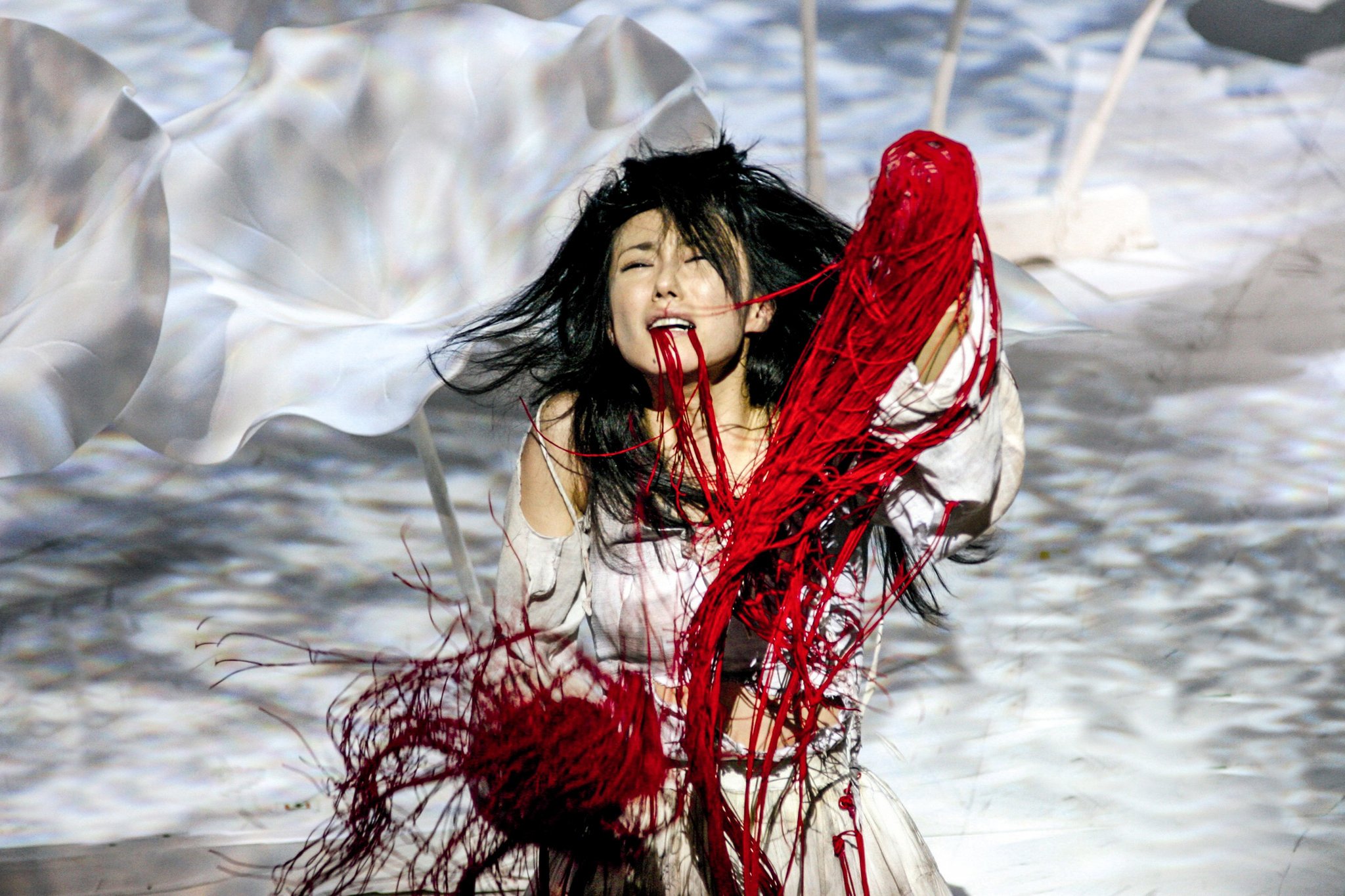unit 2: twelfth night
MEETINGs 1/2: origins of drama / mimesis-diegesis / the great chain of being / “twelfth night” / 1.1-1.2
Today we’ll finally get around to introducing the origins of drama. Then I want to introduce our next play, Twelfth Night, another comedy. Strangely enough, I want to introduce the play to you by watching the following short introduction to real Cajun Mardi Gras:
Let’s begin with 1.2 and the story of the shipwreck at the beginning of the play before turning to the actual first scene. For now, let’s just focus on gathering information and learning about the language rather than approaching some of the play’s larger ideas.
Homework:
(1) Watch the 2017 National Theatre version of 1.3. It begins at 8:14 and ends at 14:28. I say ‘watch’; this scene is extremely difficult to read. Watch it twice, if it helps. If you’d like, follow along in the text the second time you watch. What kind of excess is Sir Toby an embodiment of? Sir Andrew? Those students with a more delicate sensibility are forewarned about the bawdiness of the scene.
(2) Read (without watching) 1.4. We’ll watch together in class tomorrow. Quiz? Maybe.
Homework (for Tuesday):
(1) Read from the bottom of page 25 to the end of Act 1.
MEETING 3: 1.5-2.2
Let’s begin today by looking at a few of your reflections on Much Ado About Nothing. Then I’d like to set the first vocabulary and sentence composition quiz.
Turn to 1.5, when Viola, dressed as Cesario, brings Orsino’s message. What does the scene imply about the nature of love? Of fate? We’ll watch the National Theatre production [25:00].
MEETING 4: the shakespearean fool; 2.1-2.4
After the quiz, we’ll turn to 2.1, our first introduction to Viola’s twin, Sebastian. We’ll then turn to Viola’s famous “I left no ring with her” soliloquy.
We’ll talk today about the convention of the Fool in Shakespeare’s plays with particular focus on the license they have to criticize the behavior of those they serve. What does Feste help reveal to Orsino about himself in 2.4? How does the remainder of 2.4 build dramatic irony?
Homework:
Over the long weekend, I’d like you to read 2.3 (which we skipped in class). Why do Maria, Sir Toby, and Sir Andrew decide to gull Malvolio? And then I’d like you to read from where we left off in class through to the end of 3.3, stopping at page 87. Compare the gulling of Malvolio to the gulling of B+B in Much Ado. Is the tone of each scene different? How so? Some of the prose passages in this section can be challenging; if you’re having trouble with those sections, please follow along with the National Theatre’s 2017 production.
MEETING 5: 3.4
The latest on the DC trip.
Before we move on to Act 3, let’s finish 2.4: How does the remainder of 2.4 build dramatic irony?
From your work over the long weekend: What does the NT production do to show Malvolio/a’s fastidiousness? How is the gulling distinct from Much Ado?
We’ll move through 3.4 together.
Homework:
Read a very short Act 4 for our next class. We will have a quiz on Acts 2-4 during our class on Thursday. Please make sure you’re preparing for the first vocabulary and sentence composition quiz on September 10.
MEETING 6: Act 4
Today we’ll start with a quiz before moving into 4.3. What is Sebastian’s attitude toward reality at the end of the Act? Why do you think he’s so willing to marry Olivia?
Polishing your prose handout 1
Homework:
Finish revising the polishing your prose handout.










































